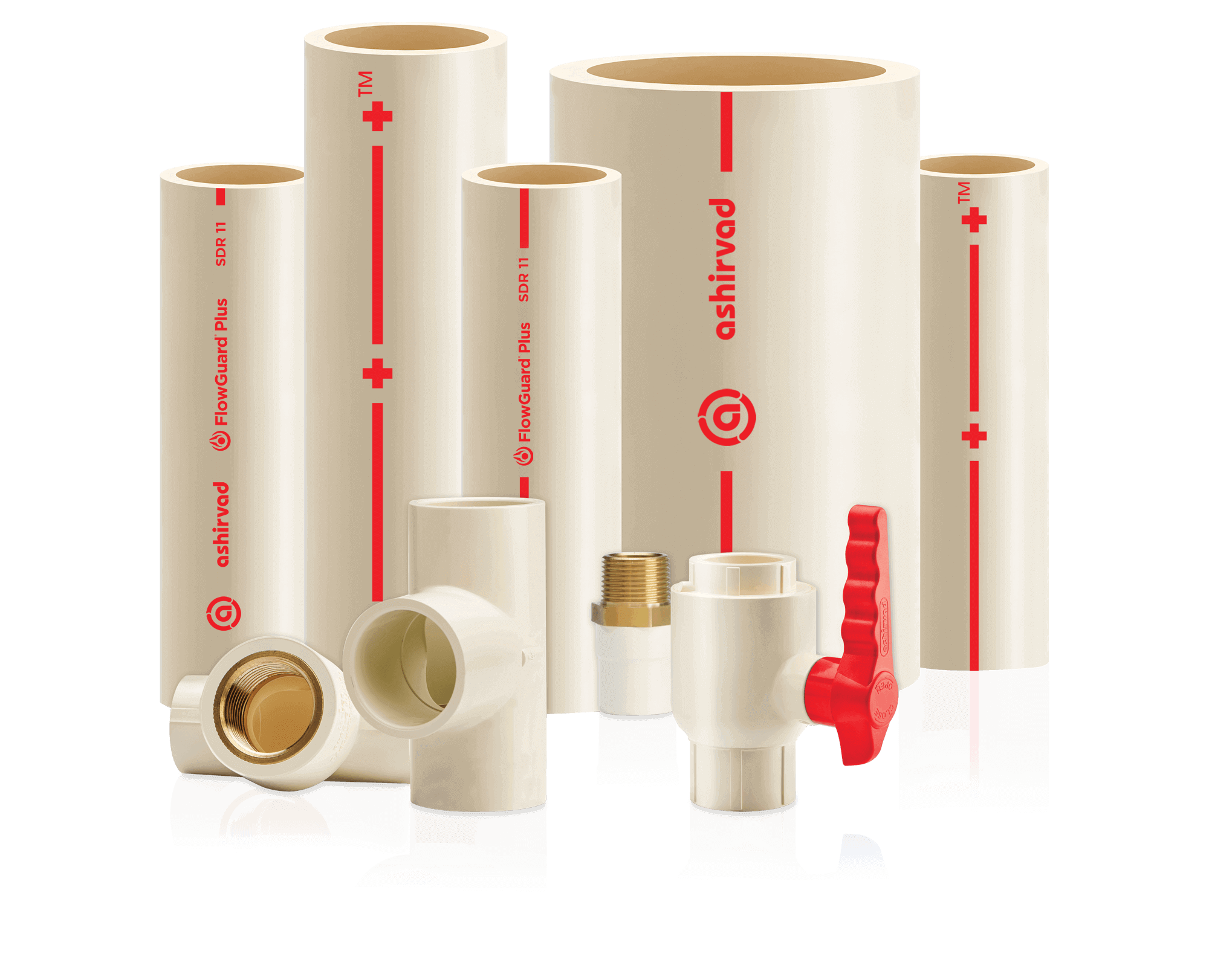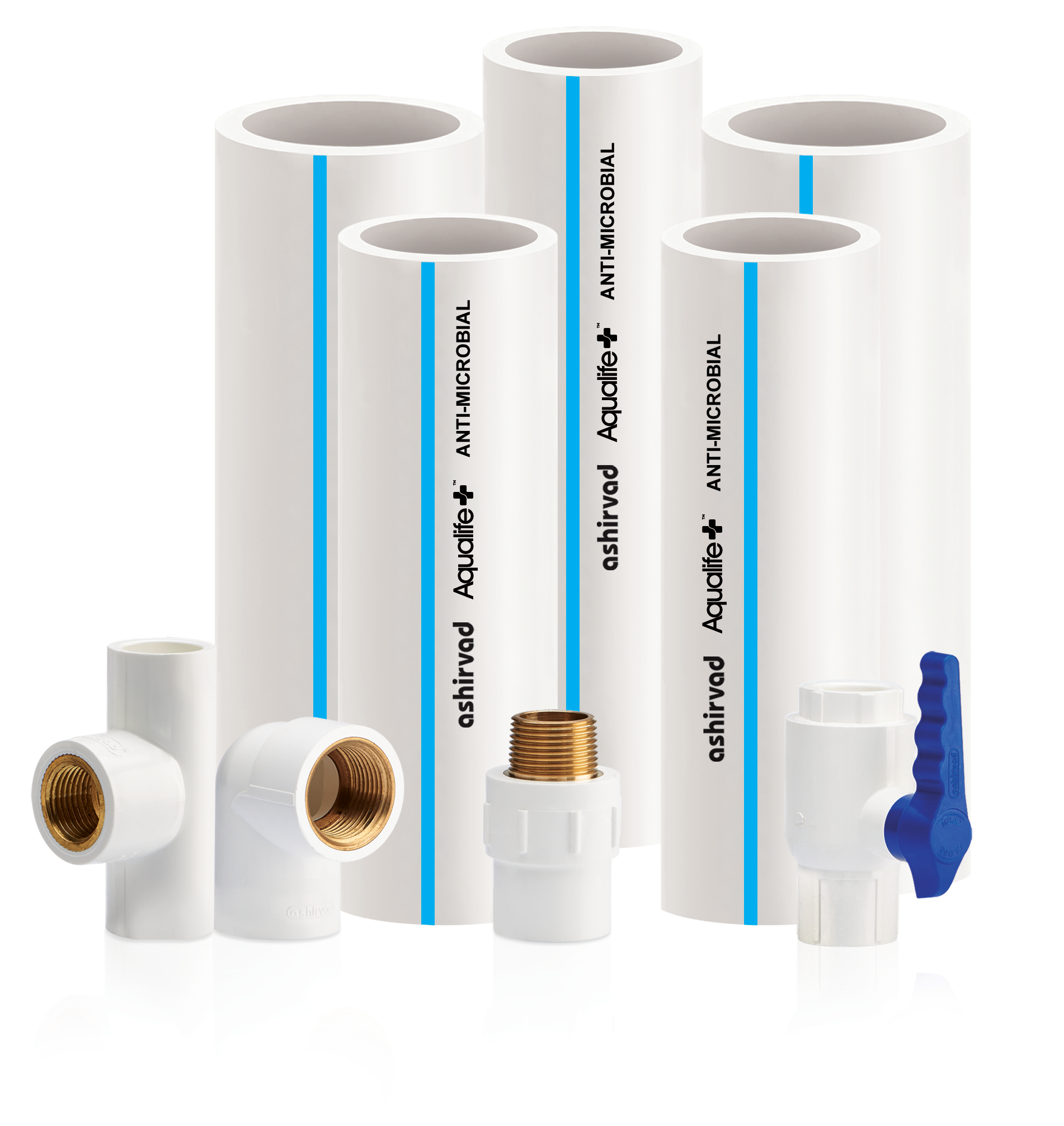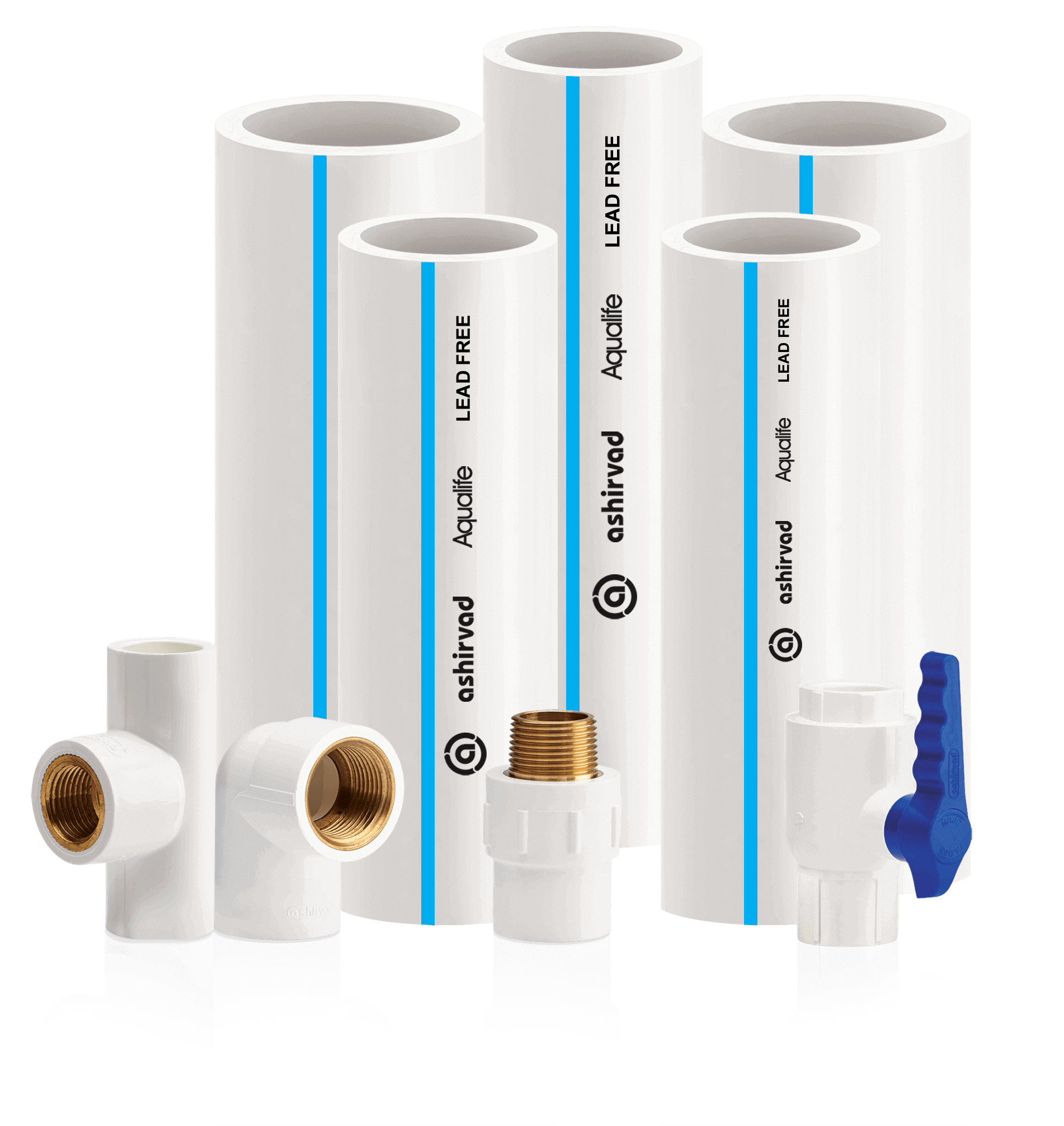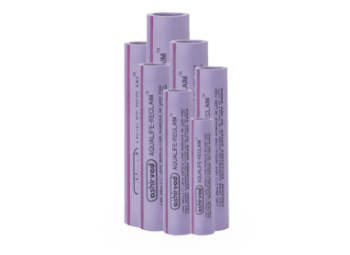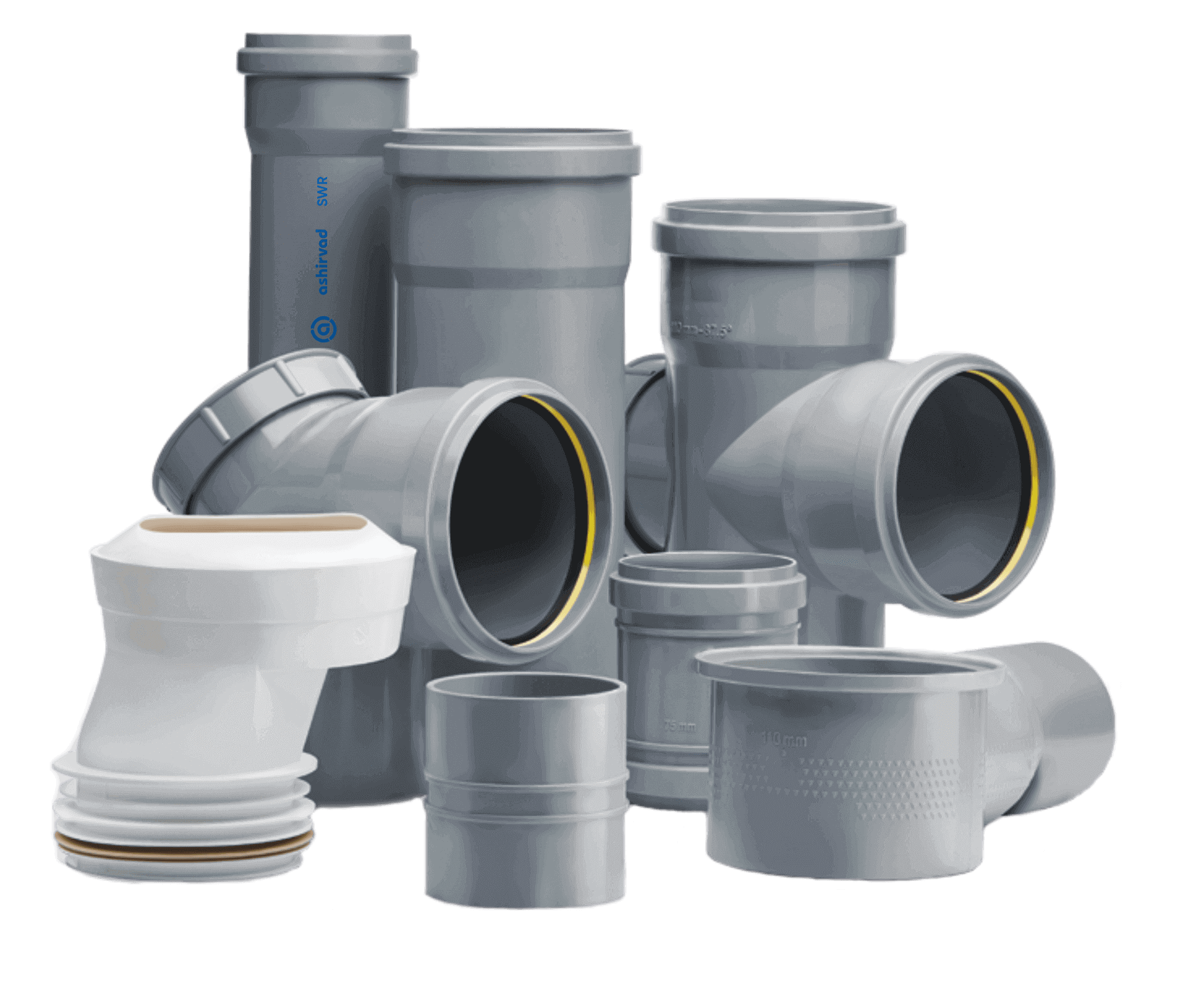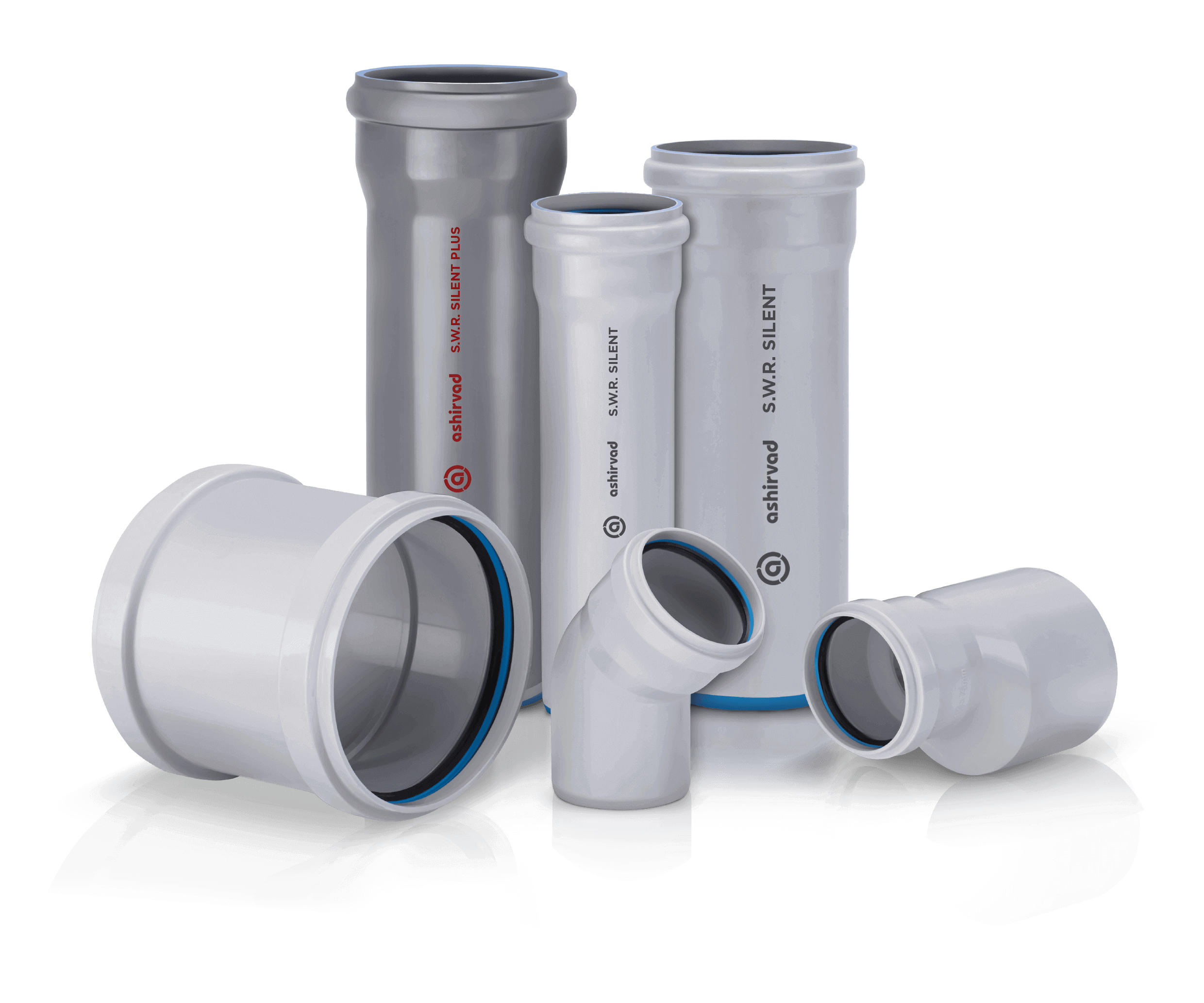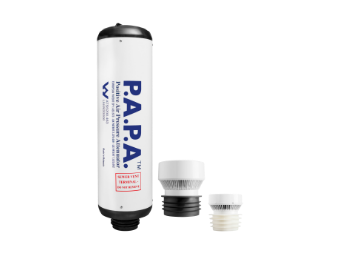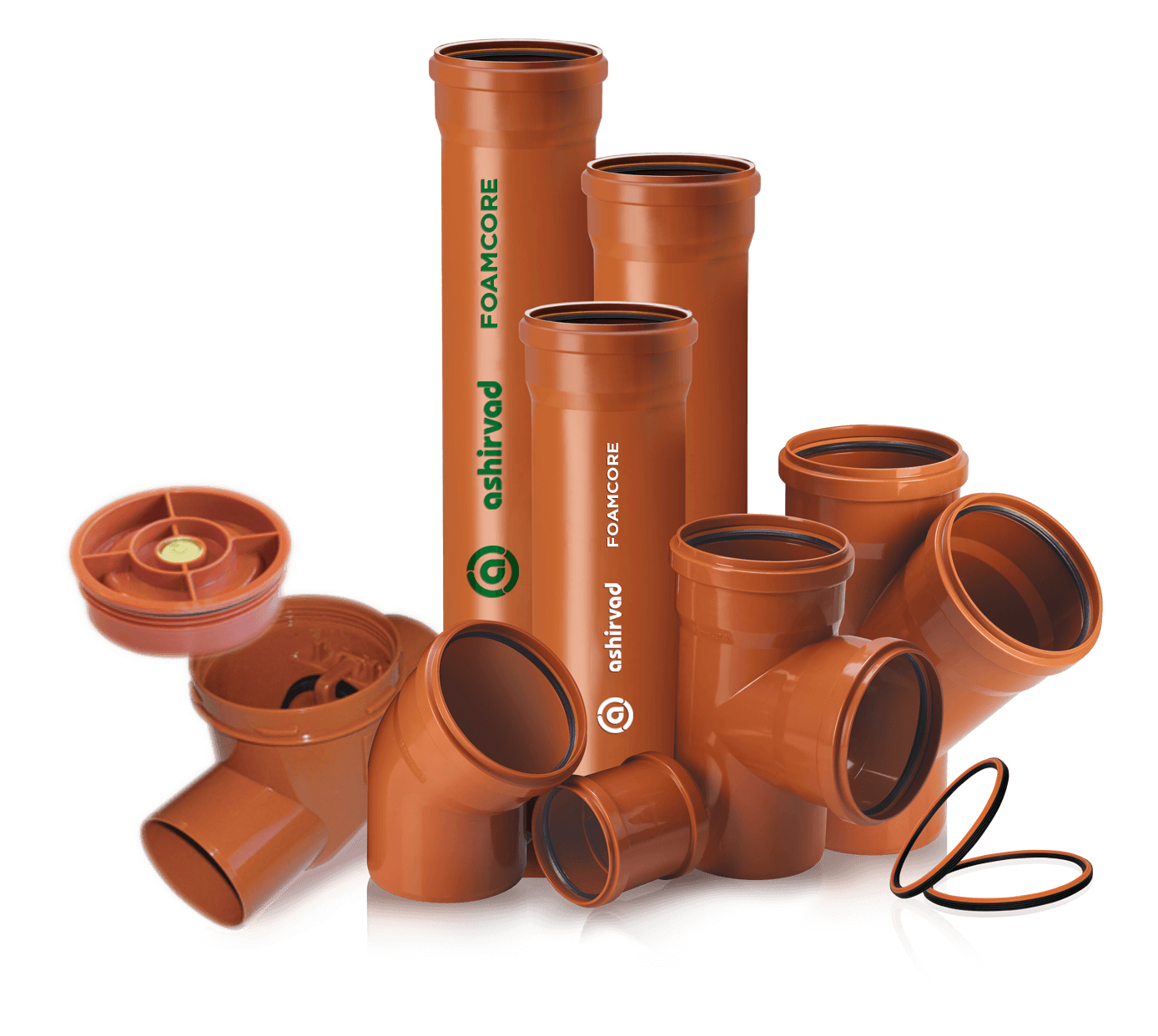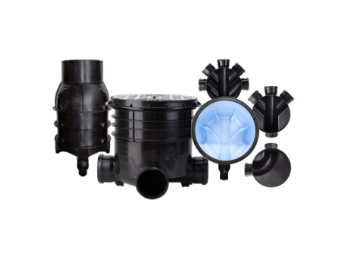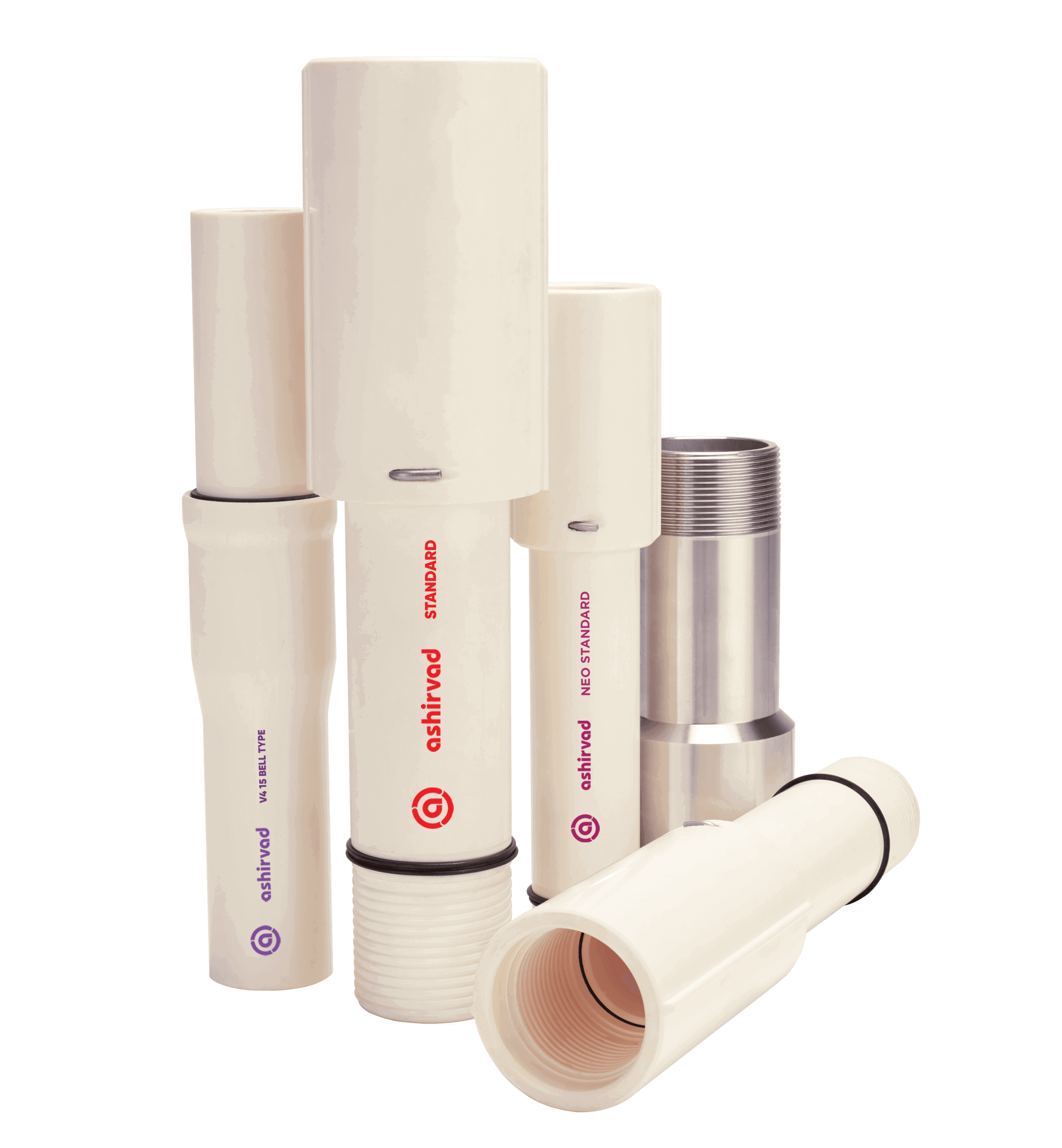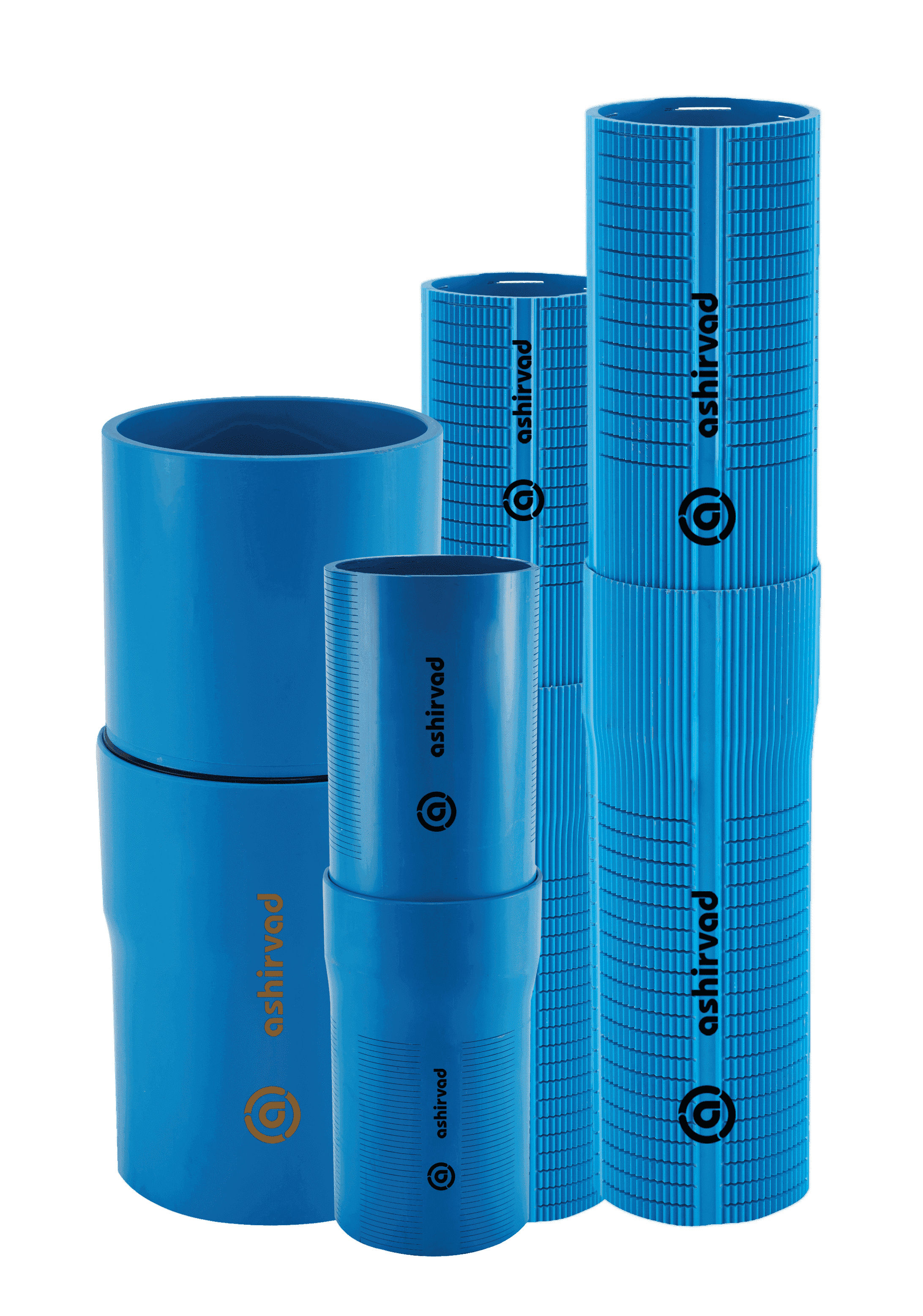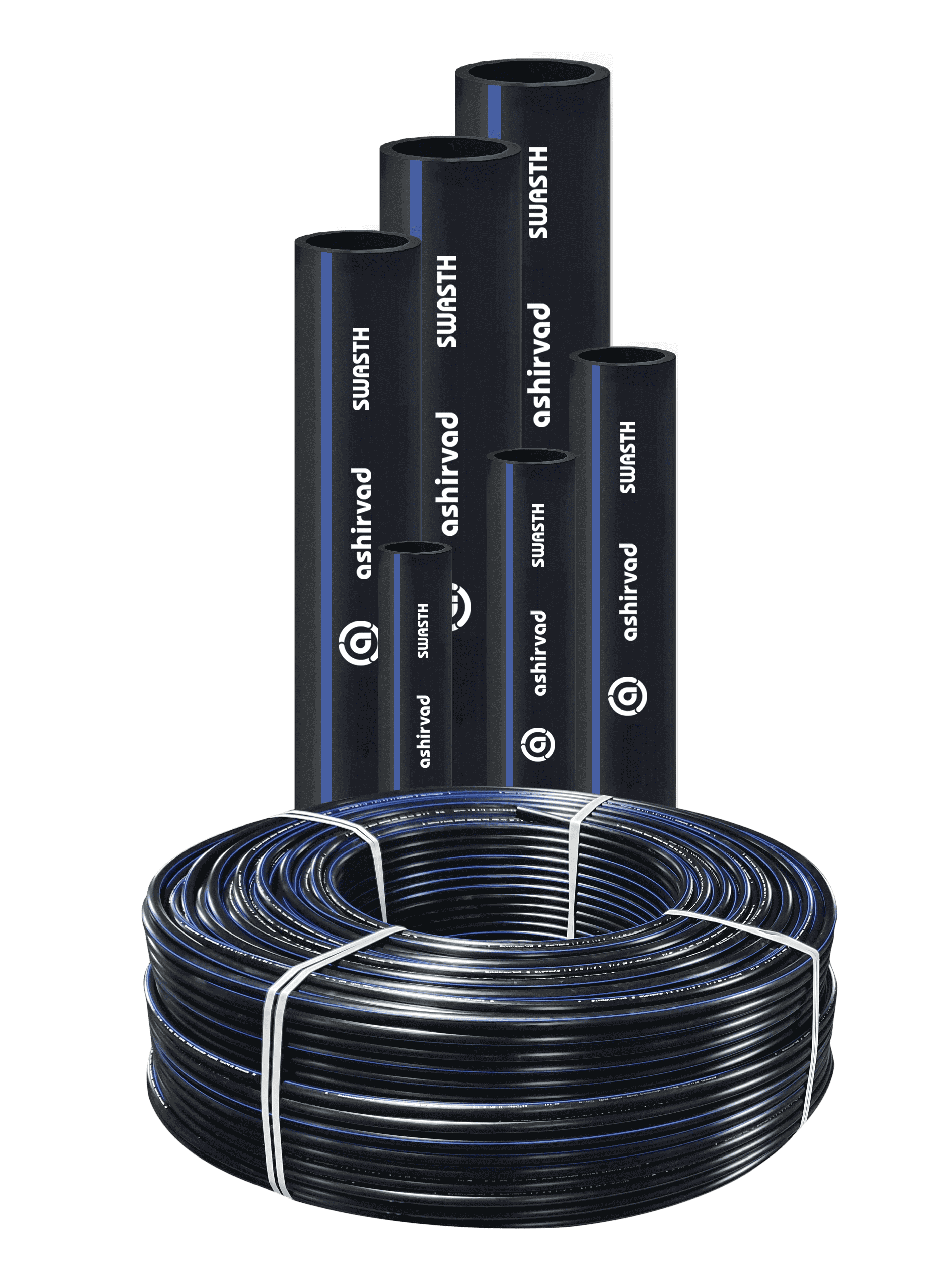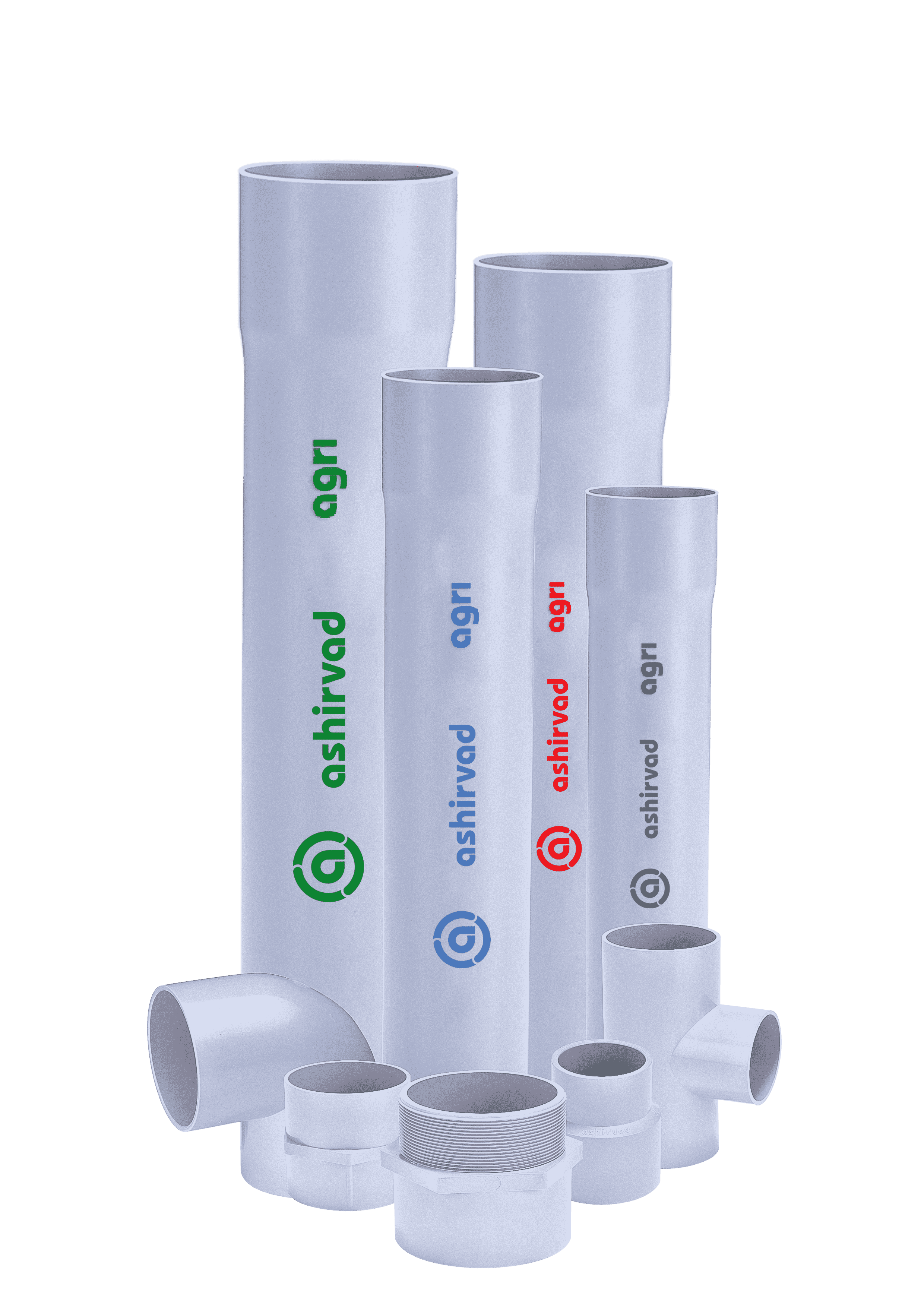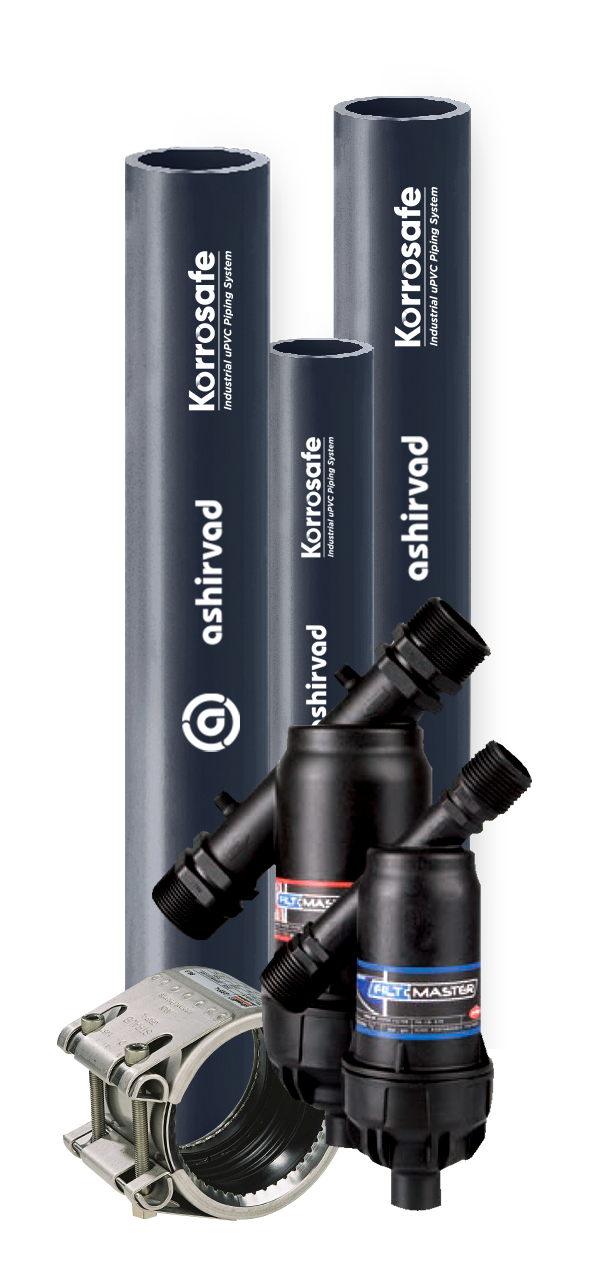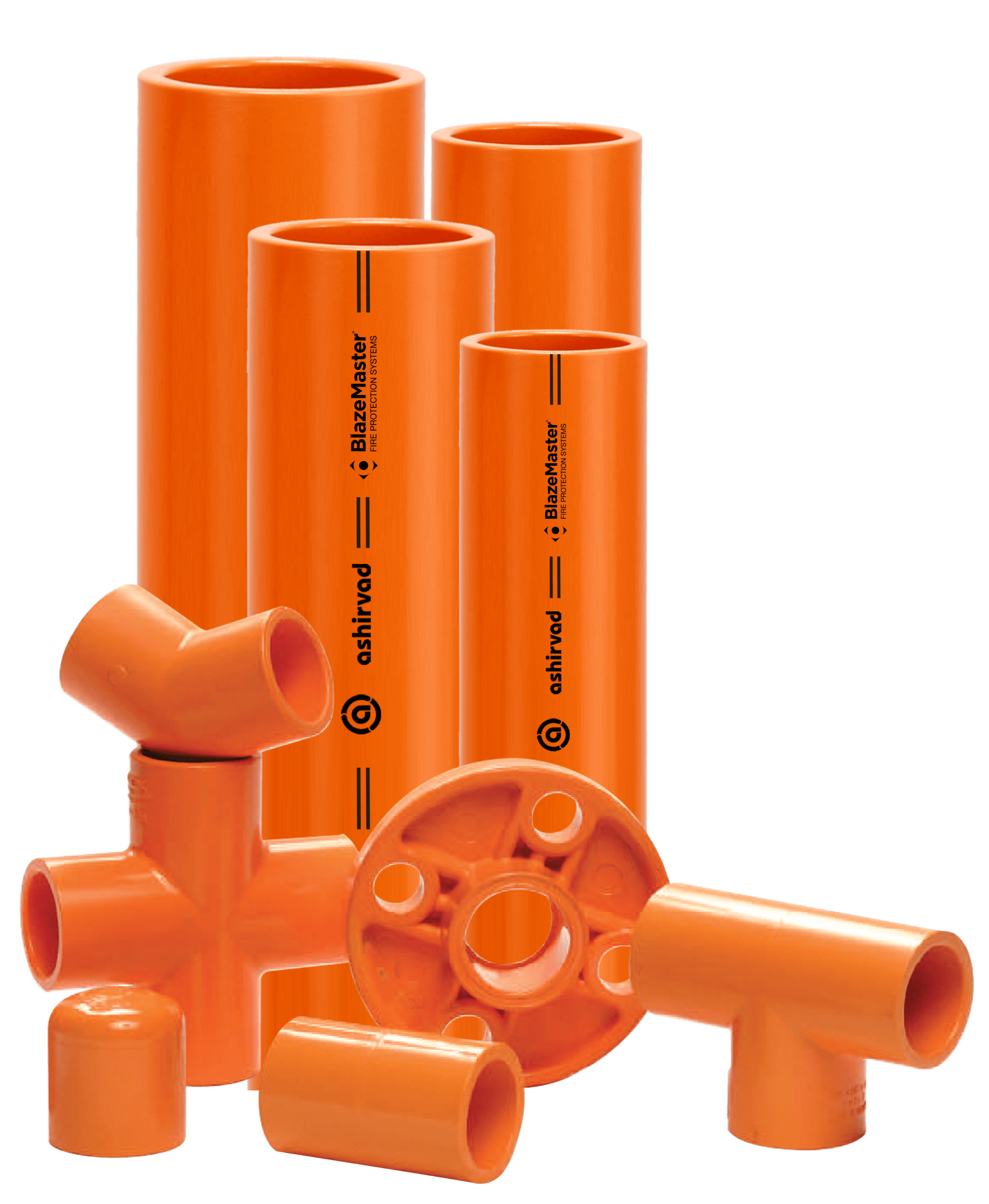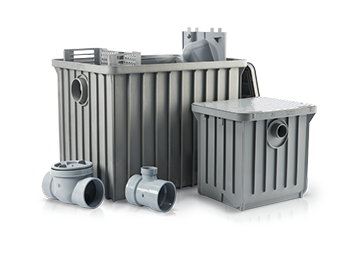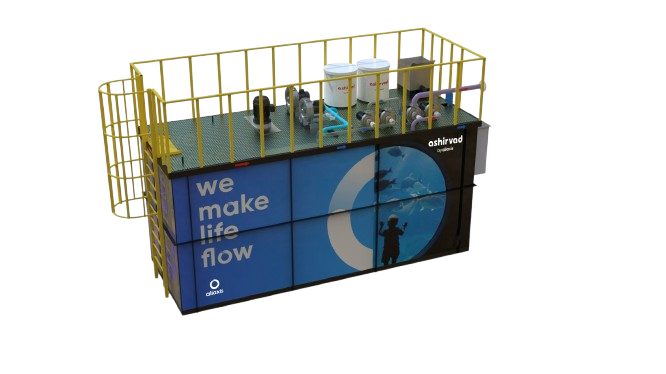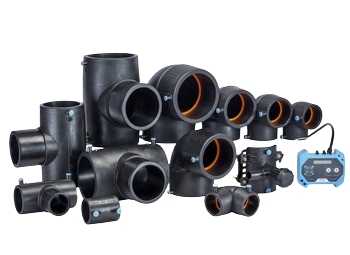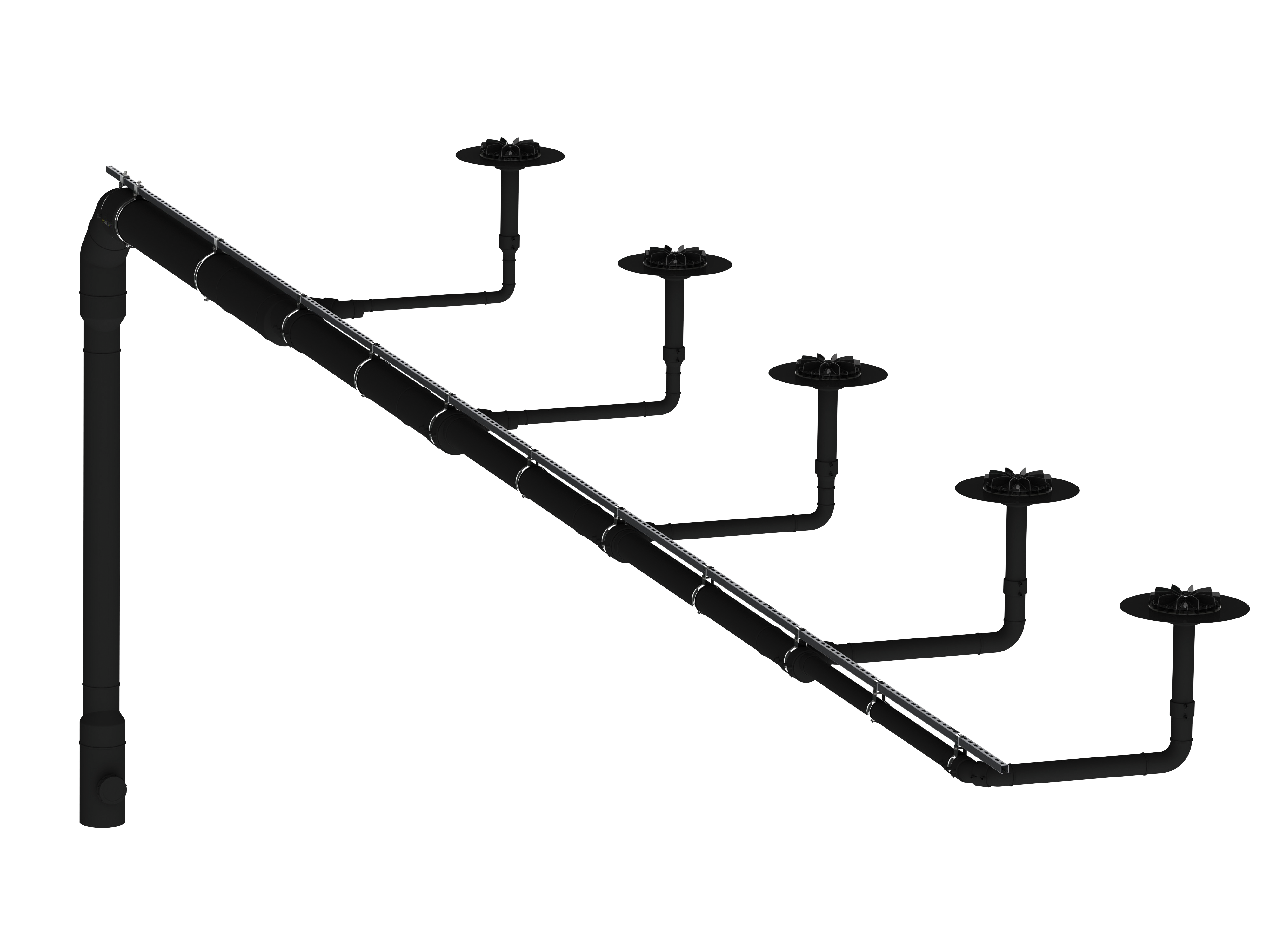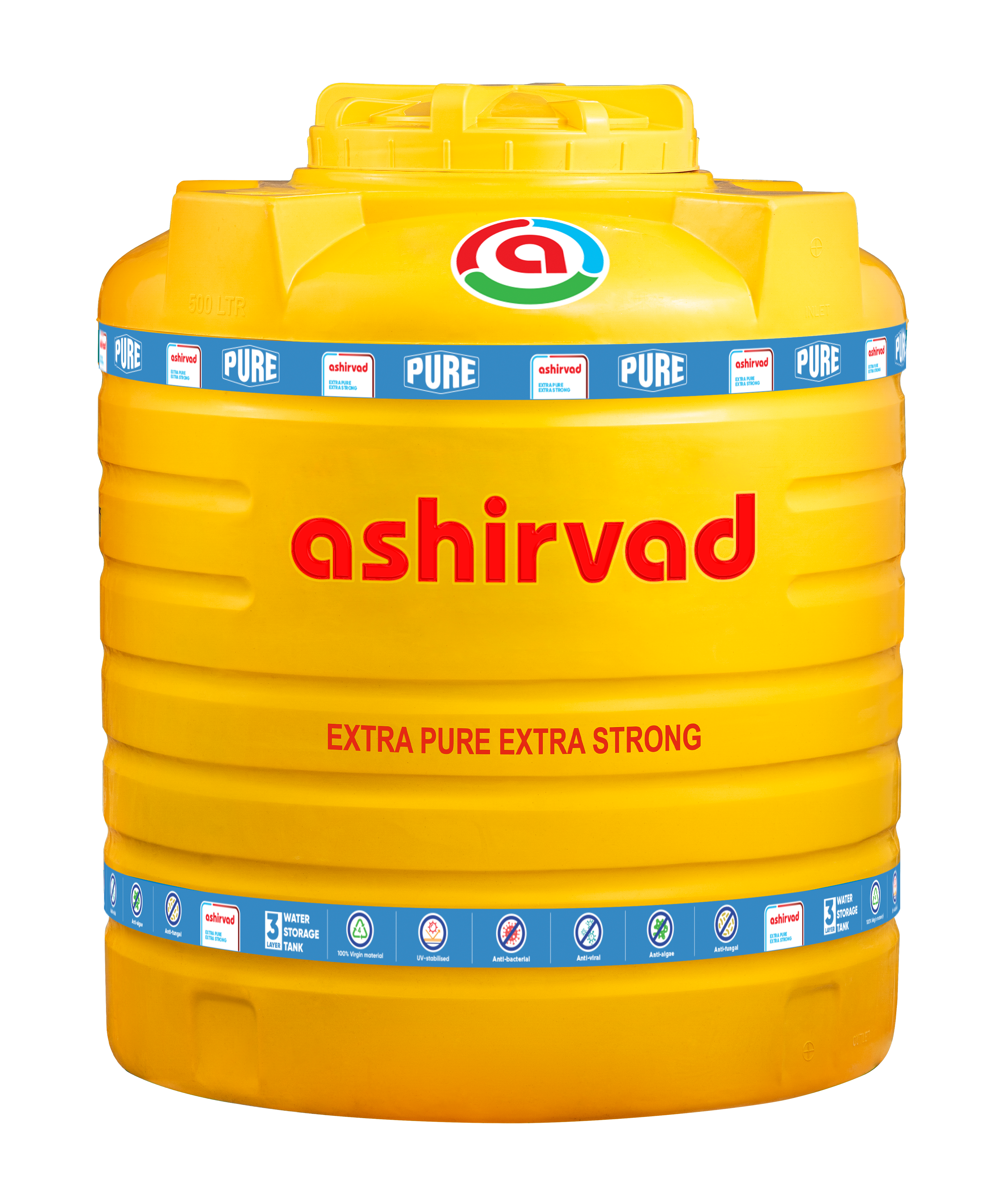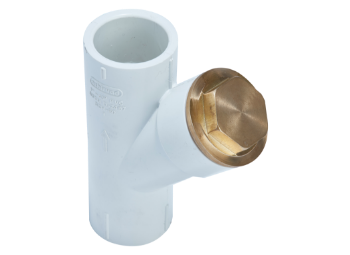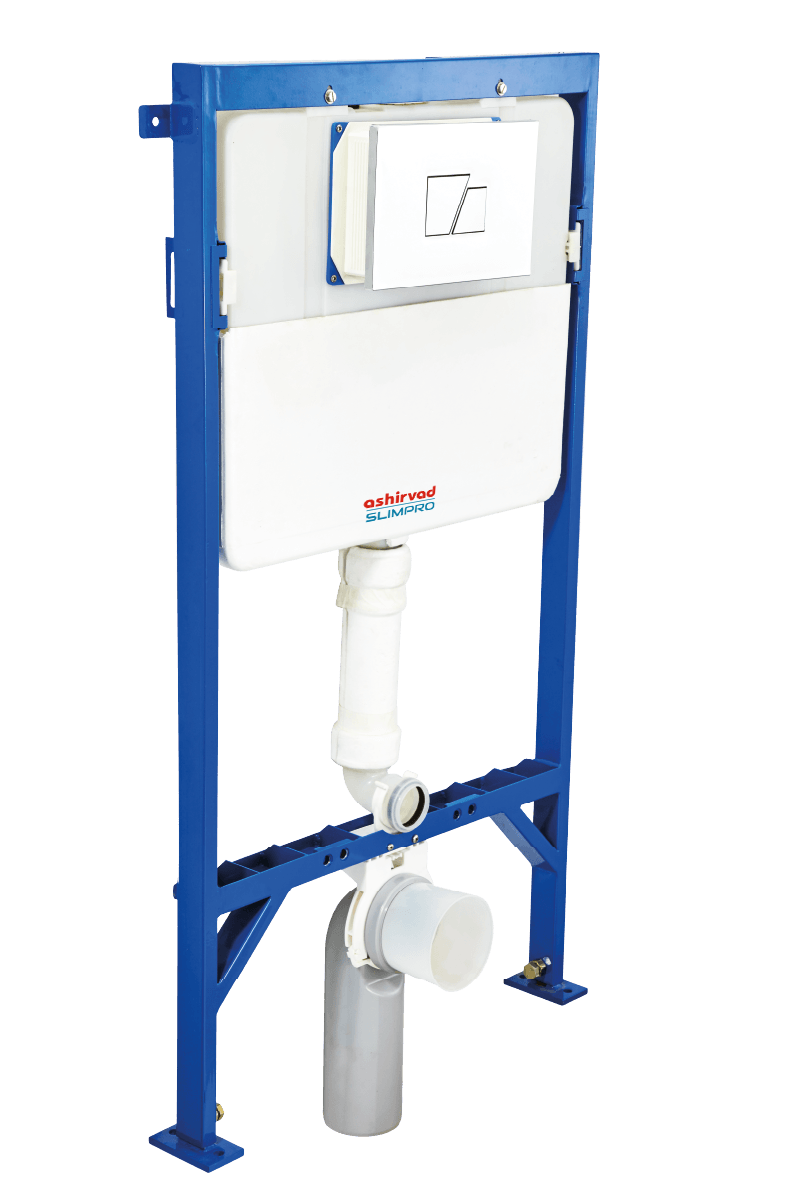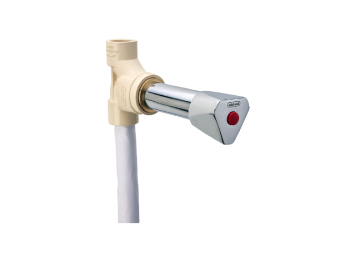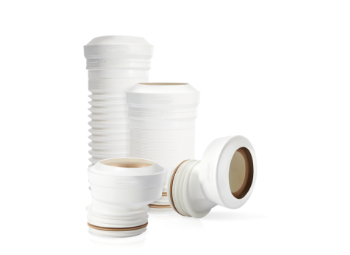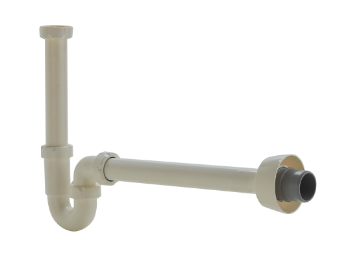Reading Time: 4 minutes
Whether you buy a pre-built house or construct one yourself, you should know about all aspects like plumbing, flooring, and electrical wiring etc. to make informed decisions. A drainage system is a central part of any dwelling. It is because every dwelling produces wastewater that has to be taken out. It is the drainage system comprising pipes, fittings, and accessories that carry the household sewage, rainwater, or industrial effluent to municipal sewer or point of discharge.
What is the objective of drainage?
Imagine a situation where the wastewater cannot flow from your dwelling. What will happen? There will be dirt and wastewater all over the place. So, the drainage system exists to take used water from fixtures like toilets, bathtubs, sinks, etc, to the main sewer line so that wastewater does not clog.
By channelling rainwater, wastewater, and other liquids away from structures and surfaces, a drainage system aims to safeguard infrastructure, mitigate water-related damage, and ensure the well-being of the environment and its inhabitants.
What are the benefits of drainage?
Prevents spread of diseases:
By safely taking the wastewater away from your house into the main sewer, the drainage prevents the spread of diseases. Where there is proper drainage, it protects the population from water-related and mosquito-transmitted diseases like malaria, filariasis, and yellow fever.
Prevents floods:
The drainage channels the used excess water from the dwellings. This excess water can come from various sources such as heavy rainfall, melting snow, or even localized flooding from nearby bodies of water. Without proper drainage channels, this water can accumulate, leading to flooding.
Reduces infrastructure damage:
The drainage system collects and channels rainwater, runoff, and other forms of excess water away from nearby roads, bridges, and other critical infrastructure. Without proper drainage, water can accumulate, and cause a variety of problems like flooding and soil erosion. The weight of standing water can cause the ground to settle, which can damage roads, sidewalks, and buildings. By efficiently collecting and channelling water away from infrastructure, drainage systems help to prevent these problems.
Growth in high-value food crops:
Drainage systems effectively manage excess water, preventing it from accumulating and washing away soil particles, thus reducing soil erosion. By controlling the flow of water, drainage channels help maintain soil stability and prevent erosion, preserving the integrity of the land. Since the drainage system stops soil erosion, it helps improve the quality of nutrients in the soil, resulting in high-value food crop growth. It, in turn, impacts the economic upliftment of farmers.
Reduces soil erosion:
A well-designed drainage system is crucial in reducing soil erosion by efficiently managing excess water runoff. By channelling rainfall away from vulnerable areas and directing it towards designated outlets such as streams or reservoirs, drainage systems prevent the accumulation of water on the soil surface, which is a significant contributor to erosion. By controlling the flow and velocity of water, these systems minimize the risk of soil particles being dislodged and carried away by runoff, thus preserving the integrity of the soil structure. Additionally, by maintaining optimal soil moisture levels, drainage systems promote healthy root growth, stabilizing the soil and reducing erosion risk. Overall, an adequate drainage system effectively mitigates soil erosion by managing water flow and preventing excessive runoff, thereby safeguarding agricultural productivity and environmental sustainability.
Steps: Installation process of drainage system
Having a new drainage system installed can seem daunting, but understanding the process can ease your mind. Here’s a brief breakdown:
Preparation:
-
- Marking the layout: Imagine a treasure map, experts need to mark the planned location of pipes, channels, and other components.
- Clearing the area: Like preparing a garden bed, the designated area should be cleared of vegetation and debris for smooth installation.
The “plumbing work”:
- Trenching: Trenches are the neat pathways for installing the drainage pipes or channels dug in the land. Digging of these pathways is called trenching.
- Pipe Installation: Like connecting puzzle pieces, the pipes should be joined according to the design.
- Gravel and fabric layers: The pipes should then be wrapped in a special “blanket” of gravel and fabric for protection and drainage efficiency.
Final touches:
- Connecting to existing drains: Your new system should then be merged with your existing drainage network.
- Testing and adjustments: After connecting to existing drains, like checking if the water flows smoothly, the system should be tested for proper functionality.
- Finishing touches: The area should be restored, leaving minimal disruption to your landscape.
Remember
- Professional supervision: Trained professionals should handle the entire process, ensuring safety and quality.
- Communication is vital: Ask questions and stay informed throughout the installation.
- Relax and enjoy: With the experts taking care of everything, you can focus on the peace of mind a well-functioning drainage system brings!
Conclusion
Our exploration of drainage systems has highlighted their fundamental importance in modern society. Far from being merely hidden infrastructure, these intricate networks of pipes and channels play a critical role in ensuring public health, safety, and environmental well-being. From efficiently conveying wastewater to mitigating flood risks and safeguarding property against foundation damage, their contributions are undeniable.
This understanding is crucial for various stakeholders, including homeowners, urban planners, and policymakers, as it empowers informed decision-making regarding the maintenance and improvement of these vital systems.
As we move forward, recognizing the significance of drainage systems beyond their physical presence allows us to appreciate their crucial contributions to fostering a sustainable and resilient future. Remember, the next time you witness the efficient removal of wastewater or the safe channelling of rainwater, consider the complex network operating beneath your feet, silently ensuring the smooth functioning of our communities. This newfound understanding paves the way for a more informed and appreciative discourse surrounding the essential role of drainage systems in our world.
FAQs: Drainage system
Q.1 Which pipe is used for drainage?
Answer: PVC pipes are used for drainage due to their high durability and flexibility.
Q.2 What is the most common type of drainage system?
Answer: The downspout and gutter drainage systems are the most common type found in residences.
